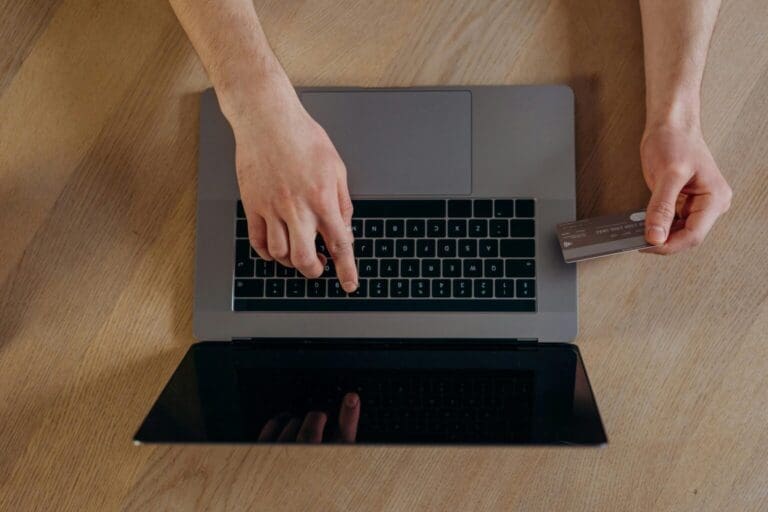
Paygration, Inc.
QuickBooks Payments provides a versatile solution for businesses to seamlessly process a variety of payments, from credit cards to ACH bank transfers. However, it is important to understand how QuickBooks Payments works for each QuickBooks product, whether you’re using QuickBooks Online or Desktop.
In the News: QuickBooks Pro and Premier will no longer be available for new users starting August 1, 2024, so if you’re using QuickBooks Desktop, you may consider upgrading to Enterprise or switching to QuickBooks Online.
How to Process Payments from any QuickBooks Product
Step 1: Select the Right QuickBooks Desktop Product
We recommend both QuickBooks Online and QuickBooks Desktop Enterprise for online invoicing and certain in-person transactions, while QuickBooks GoPayment, the mobile app version, is great for those who often work outside of their offices. On the downside, QuickBooks Online and Desktop aren’t complete POS systems, so if you’re heavily engaged in in-person transactions, you might want to consider QuickBooks Point of Sale.
Tip: Read our comparison of QuickBooks Online Advanced vs Enterprise to see which QuickBooks product is right for you.
The table below shows how payment processing works in the different QuickBooks products:
Payment processing in different QuickBooks products (Source: QuickBooks)
Step 2: Set up QuickBooks Payments
Our experts can easily help you set up QuickBooks Payments. If you don’t have QuickBooks Online or QuickBooks Enterprise yet, we offer these QuickBooks Desktop products at discounted prices. Once you’ve signed up for a QuickBooks Online account, we will instantly set up your QuickBooks Payments account so that you can start processing payments. We’ll even provide ongoing support for as long as your QuickBooks subscription stays active
Step 3: Connect Your QuickBooks Payments Account (Except for QuickBooks Online Users)
If you signed up from QuickBooks Online and exclusively use that platform, your QuickBooks Payments account is automatically connected, and you can proceed with processing payments. However, if you wish to process payments in a different QuickBooks product, such as QuickBooks Desktop or another platform, you’ll need to connect your QuickBooks Payments account to that specific product. Again, our experts can do the work for you.
Step 4: Start Processing Customer Payments
Once your QuickBooks Payments account is set up, you can start processing payments through various channels, including credit cards, debit cards, PayPal, Venmo, and ACH bank transfers. Additionally, manual processing for in-person or phone transactions is supported.
- QuickBooks Online: QuickBooks Online Payments supports various payment methods, including in-person, online, and mobile payments. Learn whether QuickBooks Online Payments is right for your business.
- QuickBooks Desktop: Similar to QuickBooks Online, customers can conveniently pay their invoices online using credit cards, debit cards, and ACH bank transfers. Manual processing options for in-person or phone transactions are also available.
- QuickBooks GoPayment App: For businesses on the move, the QuickBooks GoPayment app allows payments through various means, including credit card swiping, EMV chipped cards, Apple Pay, Google Pay, and Samsung Pay. Manual entry options for credit card transactions, as well as cash and checks, are also provided. Learn more about the QuickBooks Online GoPayment app.
- QuickBooks Point of Sale: In addition to payment processing, you’ll get access to additional features like barcode scanning for inventory tracking.
Wrap Up
QuickBooks Payments is a versatile solution for businesses seeking efficient payment processing. When integrated with QuickBooks Online or QuickBooks Desktop, you’ll benefit from a powerful accounting and payment processing solution combined.
If you have any questions about QuickBooks Payments or you’re ready to enjoy its benefits, you can give us a call at 866-949-7267 and one of our experts can walk you through the details.
















